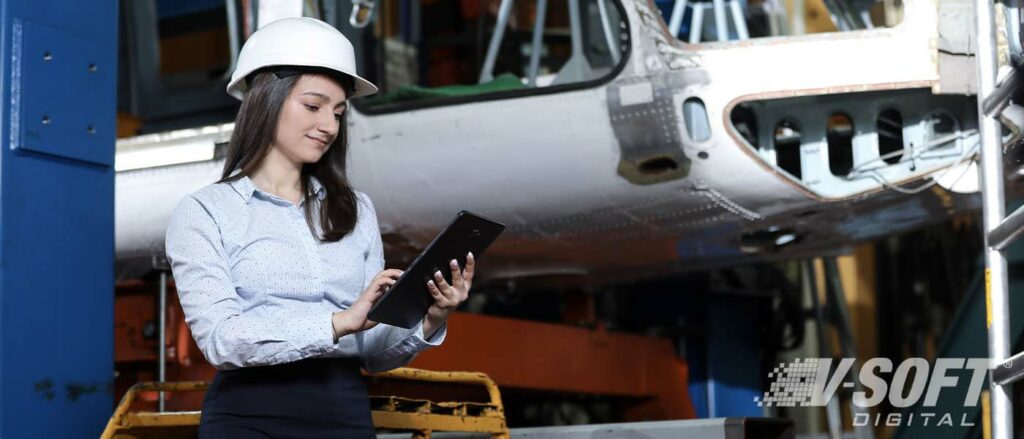How Hyperautomation is Transforming Businesses
Hyperautomation, the concept introduced by Gartner in its Top Strategic Technology Trends for 2021 report refers to implementation of end-to-end automation to streamline all eligible processes organization-wide. It takes automation to the next level by combining the abilities of several cutting- edge technologies including Artificial Intelligence (AI), Machine-Learning (ML), Natural Language Processing (NLP), Process Mining with Robotic Process Automation (RPA) helping organizations tackle digital transformation challenges. Gartner explains hyperautomation as a holistic approach to automation as it includes changes in IT infrastructure, business processes and decisions. With hyperautomation current and legacy processes and equipment can transform to provide competitive advantages to the organization.
The worldwide market for technology that enables hyperautomation is estimated to reach
Gartner
$596.6 billion in 2022.
Advantages of Hyperautomation
Hyperautomation enables organizations to replace repetitive and manual tasks by automating them and thus streamlining business processes. By using several new technologies such as AI, ML, NLP, Process Mining and OCR, businesses are not only able to automate tasks and processes but are also able do it with increased accuracy, consistency, speed, and at lower costs. For instance, an email or document containing structured, semi-structured or unstructured data can be picked up by an RPA bot and the ML model can process it extracting machine-readable data. The ML model can then validate the data by comparing it with master data. If necessary, it can then be passed for human review and on completion the data can be fed into the company’s system.
Hyperautomation Use Cases
Hyperautomation finds application in several industries.
Banking
Financial services including banks and insurance companies deal with huge amounts of data and the processes often include repetitive and labor-intensive tasks. These include not only payments, loans and back-office operations but also marketing and sales, customer support and regulatory compliance processes. Hyperautomation can simplify and streamline most of these processes and make them faster, smarter, and more accurate. It can monitor transactions to prevent frauds and money laundering by flagging suspicious activities.
Healthcare
Hyperautomation can benefit healthcare industries in several ways. Billing cycles can be automated and billing details from different departments can be consolidated and communicated to the customer without much human intervention. It can help in managing patient data as well as in collation of that data to provide more accurate treatment plans. Hyperautomation can streamline patient appointments, staff scheduling, procurement, and management of drug inventory. Compliance with rules is a consistent pain point for the healthcare industry, hyperautomation can help organizations ensure compliance.
Retail
Retail and e-commerce continue to expand and so do automation opportunities in the industry. Hyperautomation, especially when it includes AI, can increase e-commerce’s front-end operations in many ways such as in targeted marketing like ad placement, email marketing, loyalty recognition and the like. It can help retailers and e-commerce websites acquire customers who are most likely to make purchases. In the back end, hyperautomation can help with processes such as procurement, billing, inventory management and shipping. AI algorithms can sift through customer data to provide insights on making prices competitive and increase sales. Offline retailers can take advantage of hyperautomation for processes such as order management, inventory, warehouse management, and payments.
Summary
The above use cases are just a few examples, hyperautomation helps businesses across sectors address many of their existing pain points, especially when embracing digital transformation. End-to-end automation using leading technologies is set to transform businesses by increasing speed, efficiency, and profitability.











